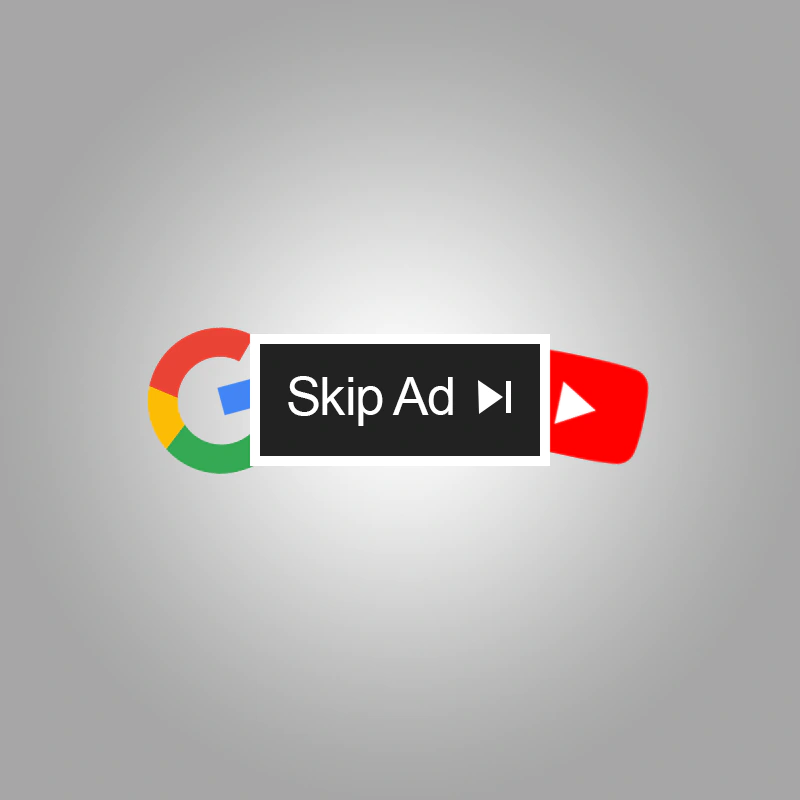
YouTube war against ad blockers continues, and this time, it's getting more tense.
After testing a method to block videos from playing after three times, which was followed by a massive adblockcalypse from Google, and slowing down playbacks, the company is having yet another strategy up its sleeves.
Here, the company is making it even tougher for users to use third-party, ad-blocking apps that go against its terms of service, the company said.
Trying to watch a video using such apps could lead to buffering issues, or even an error message that says: "The following content is not available on this app."
To be more specific, YouTube is targeting those third-party apps that use YouTube’s API to pull videos in, and block the ads.
The move marks the next step in its efforts to prevent ad blocking.
This is in line with what the company said back in the late 2023, when it said that it "launched a global effort to urge viewers with ad blockers enabled to allow ads on YouTube or try YouTube Premium for an ad free experience."
But Google, as one of the largest tech companies the world has ever seen, doesn't want to have a blind eye towards the case.
Back in 2020, Google implemented new restrictions on ads in short videos lasting under 8 minutes, with Chrome preventing ads from playing in the middle of that content and YouTube avoiding those ads to begin with.
The change was aimed at making the ad experience less annoying for users.
The adblocker crackdown, however, is a turn in the opposite direction.
YouTube’s justification for this crackdown is that, ad revenue supports the creators on its platform.
creators, gimme five!
— YouTube Creators (@YouTubeCreators) April 9, 2024
Rob from Team YouTube said that by circumventing ads, viewers prevent creators from earning what they rightfully deserve.
"We want to emphasize that our terms don't allow third-party apps to turn off ads because that prevents the creator from being rewarded for viewership, and ads on YouTube help support creators and let billions of people around the world use the streaming service," YouTube said in its announcement about the third-party, ad-blocking apps.
So again, for users who don't want to see ads on YouTube, of course, Google wants them to just subscribe to YouTube Premium.
No surprise there.
Ultimately, this move highlights how YouTube wields significant power in the content ecosystem.

While creators undeniably need to be compensated fairly, aggressive enforcement against ad blockers can lead to frustration, no doubt about it.
Ultimately, people would go on a look out for a less restrictive, and friendlier video platforms.
It’s a balancing act.
It's worth noting though, that Google also offers users the ability to modify what kinds of ads they see via its Ad Settings section.
They can visit the ad center to adjust their preferences for YouTube and other Google-owned apps.